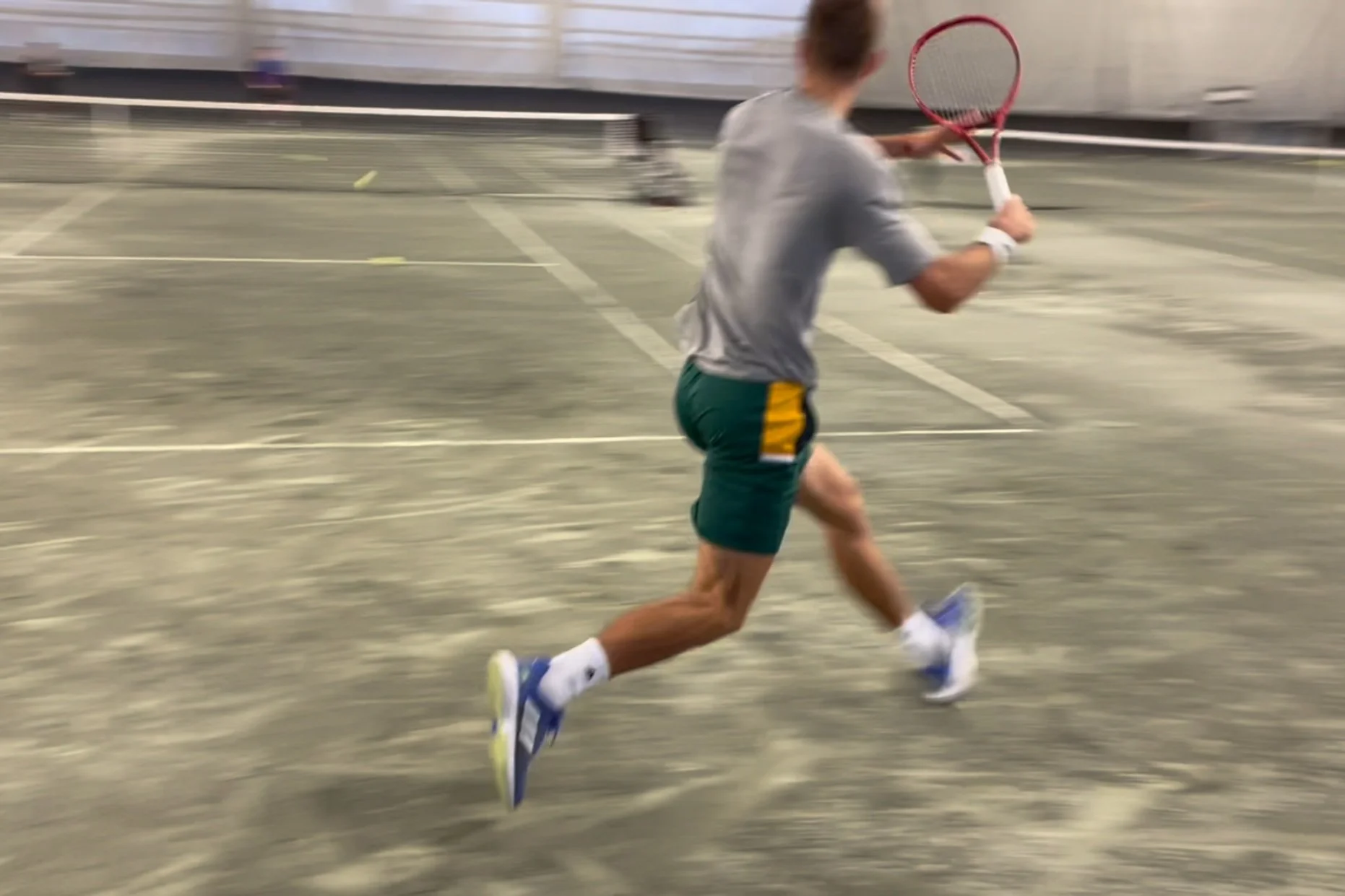A few weeks back, I had the privilege of working alongside coach Marcel du Coudray. We were coaching his pupil - ATP player Marc Polmans - at the Rogers Cup in my hometown of Montreal. Marc was accepted as the last entry into qualifying and got his first top 50 win against Andrey Rublev where he came back from 3-5 down in the 3rd set and save 3 match points at 3-6 down in the breaker (Rublev was ranked #49 in the world at the time of the match).
Viewing entries tagged
pro tennis
Like many coaches, I work with a variety of players. This includes older teens looking to make the transition to pro, juniors that are still honing their skills, seniors that want an edge and pros climbing their way into the top 100. On top of that, it’s a mix of females and males.
This get me thinking (and contemplating) - is my on-court and off-court feedback impactful? Is it driving change? Or impeding it?
Are you a high-performance player or coach? If so, this post is for you.
You see, I’ve coached in a number of high-performance settings. From academies, to federations and in private settings. One common characteristic that has struck me time and again is training schedules. The typical schedule sees players training Monday to Friday. On rare occasions, some take part in Saturday morning sessions - but this is certainly not the norm. As you can see, these settings follow the regular school and work week schedule.
But is it the most ideal option when developing an elite performer?
Imagine this scenario. An amateur player takes a lesson from a coach with the hopes of hitting a forehand like Roger Federer.
Let’s say the coach plays along. He/she presents a sequence of images to the amateur in order to see exactly the various phases of Roger’s forehand. Next, the amateur performs shadow swings, going through each position as carefully as possible. The coach then feeds the amateur a few balls, providing feedback ONLY on how close the stroke looks to Roger’s.
When teaching various tactical scenarios to players, I often ask them the following question: “what do you think is the most common rally length in tennis”? Less experienced players jump to answers like 7 or 9 while those that have been playing for many years reply with 3, 4 or 5. Do YOU know what it is? When it comes to professional tennis, according to Brain Game Tennis, it’s 1. Can you believe that? The most common rally length (called the mode, in statistics) is 1! That’s a service ace or a service winner (i.e. the returner makes an error off the serve). This happens about 30% of the time. The next most common rally length is 3 - that’s a serve, return and one more shot.
Tennis itself is primarily an individual sport. Even if you play mostly doubles, individual differences between players exist at all levels of the game. This concept is known in sport science as the principle of individualization. Research studies and coaching experience tell us that all athletes respond differently to training. That’s why many fields of study exist - from psychology, to motor learning and strength & power training - each attempting to answer questions that help us better understand human behaviour and the stress-adaptation process (and why there is so much variation in responses to the same training stimuli!).
While there was a lot of positive feedback from last week’s post on blocked vs. random practice, there was also a bit of confusion. I suppose the term ‘random’ can be a bit misleading. To clear the air, this week’s post will attempt to clarify the supposed dichotomy between blocked and random practice and offer a slightly different perspective to the argument. Furthermore, there are 2 other forms of practice - called ‘variable practice’ and ‘constant practice’, which can be influenced by both block and random approaches. Lastly, several examples of each practice type will be offered and described, along with the 'why' behind their use.
Most tennis players spend hours on the practice courts. And for good reason - tennis is darn tough. The question is, are these hours on court productive hours or redundant? How can we know? To assess whether our training is effective (and that it'll transfer to matchplay) we must first understand the demands of elite tennis.
In this post, we’ll review a study by Pereira et al (2016) that dives into the movement details of professional tennis. Other studies have previously analyzed movement characteristics; but, those studies replaced tournament matches with simulated matchplay. The present study observed movement characteristics via official ITF sanctioned matches.








